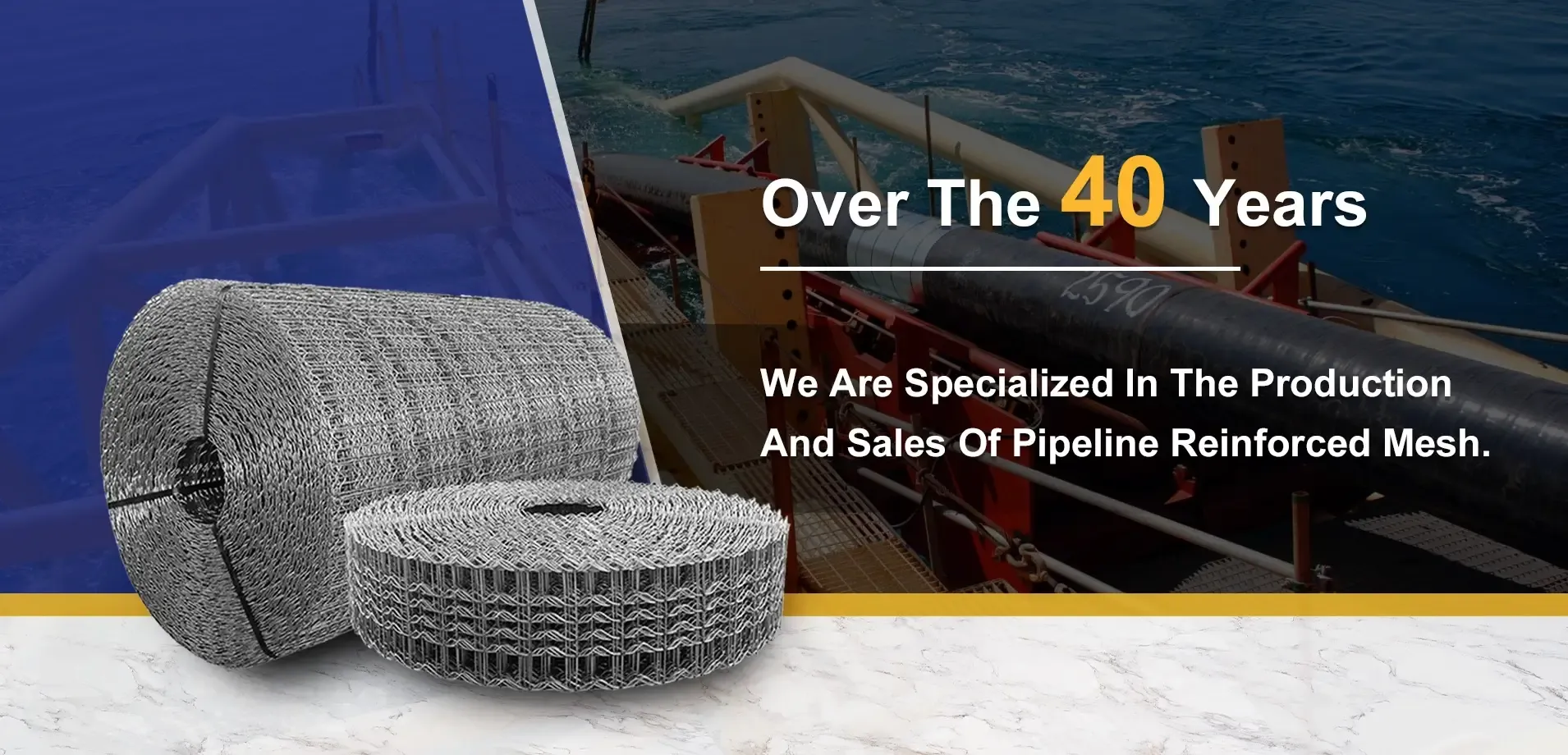- Industrial zone, South of Anping Town, Hengshui, Hebei, China.
- sales@hfpetromesh.com
- +86-18931809706
steel grating
Steel Grating A Comprehensive Overview
Steel grating, a widely used material in various industries, serves as an essential component for safety, accessibility, and functionality in numerous applications. Made typically from steel bars, it provides a robust, durable surface that can support heavy loads while allowing for maximum drainage, ventilation, and light penetration.
What is Steel Grating?
Steel grating is a type of flooring product that consists of a series of parallel metal bars twisted or welded together, creating an open grid-like structure. This design allows for efficient passage of air, light, and water while maintaining structural integrity. The most common types of steel grating include welded, press-locked, and swaged grating, each defined by their manufacturing processes.
Applications of Steel Grating
The versatility of steel grating makes it ideal for various applications. In industrial environments, it is frequently used for floor grating, platform walkways, drain covers, and even equipment supports. Its strength and slip-resistant surface make it a preferred choice in locations that require high safety standards.
In commercial settings, steel grating can be found in shopping centers, parking garages, and heavily trafficked public areas, enhancing both safety and aesthetic appeal
. It can also be customized for architectural purposes, where it serves as decorative elements in modern buildings.Benefits of Steel Grating
steel grating

1. Durability Steel grating is engineered to withstand heavy foot and vehicular traffic, making it ideal for harsh environments. Its resistance to corrosion, particularly when galvanized or coated, extends its lifespan significantly.
2. Safety The open design of steel grating permits superior drainage and prevents water accumulation, significantly reducing slip hazards. Additionally, it can be manufactured with various surface textures to enhance traction.
3. Cost-Effectiveness While the initial investment in steel grating may be higher than alternative flooring materials, its longevity and low maintenance requirements make it a cost-effective solution over time.
4. Versatility Steel grating can easily be cut and shaped to fit various dimensions, allowing for tailored solutions for any project. It is also available in different finishes, complementing a variety of design aesthetics.
Environmental Considerations
Steel grating is often considered an eco-friendly option due to its recyclable nature. At the end of its life cycle, steel can be melted down and repurposed, reducing waste and environmental impact. Furthermore, the use of steel grating can contribute to sustainable building practices by enhancing energy efficiency through improved airflow.
Conclusion
In conclusion, steel grating is a pivotal element in modern construction and industrial applications, known for its strength, safety, and versatility. Whether used in factories, commercial buildings, or public spaces, it plays a crucial role in ensuring functionality and security. As industries continue to evolve, the demand for robust materials like steel grating is expected to rise, highlighting its importance in both current and future projects. With its inherent benefits and applications, steel grating remains a fundamental choice for architects, engineers, and contractors alike.
-
The Power of Pyramid Shaker Screen - A 3-Dimensional SolutionNewsOct.24,2024
-
Exploring the Versatility and Durability of Steel GratingNewsOct.24,2024
-
Revolutionizing Drilling Efficiency with Steel Frame Shaker Screens for Mud Shale ShakersNewsOct.24,2024
-
Potential of Shale Shaker ScreensNewsOct.24,2024
-
Offshore Pipeline Counterweight Welded Mesh - Reinforced Mesh in Marine EngineeringNewsOct.24,2024
-
Revolutionizing Offshore Pipeline Stability with Concrete Weight Coating MeshNewsOct.24,2024
